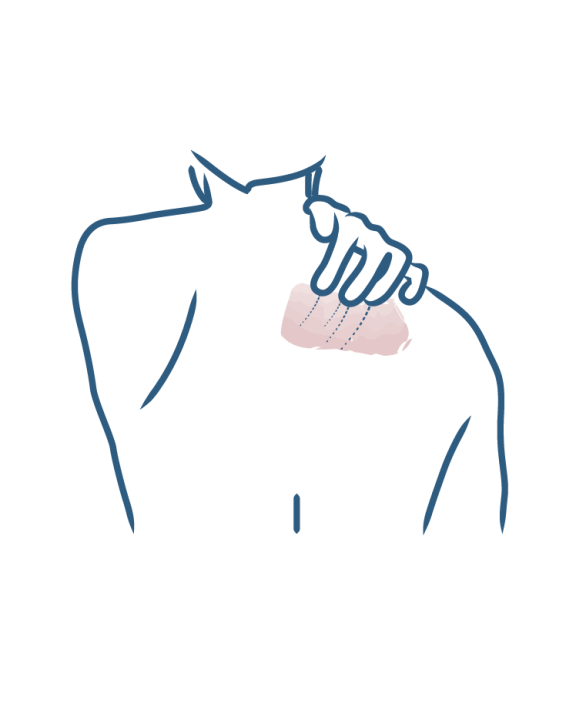Occupational dermatoses
- SUMMARY
- Eczema
Occupational hairdressers’ dermatosis
- What causes eczema?
- Allergy-induced eczema
- Stress-induced eczema
- Perspiration-induced eczema
- Contact eczema due to medication and topical treatments
- Contact eczema due to cosmetics
- Clothing contact eczema
- Contact eczema due to cleaning products
- Contact eczema due to nickel and chromium
- Hereditary eczema
- Body eczema: hands, feet, arms, back, face, etc.
- Eczema of the eyelids, eyes or palpebral eczema
- Eczema on the stomach and belly button
- Arm eczema (elbows, armpits, forearms)
- Hand and finger eczema (chronic hand eczema)
- Eczema on the neck and nape of the neck
- Facial eczema
- Foot eczema
- Scalp eczema
- Eczema in the ears
- Leg eczema or varicose eczema
- Eczema on the back
- Eczema around the mouth
- Living with eczema day to day
- Eczema: What daily reflexes should you adopt?
- Eczema: what foods should you eat?
- Eczema: how can flare-ups be avoided?
- Which detergent should eczema patients use?
- Eczema: how to treat itching
- Eczema: can it be cured?
- What are the habits to avoid when you have eczema?
- Eczema cream, ointment: what should you use?
- What soap should be used for eczema?
- Swimming pool, swimming when you have eczema?
- What is infantile eczema?
- Eczema in babies and children: the areas most often affected
- What soap should be used for babies with eczema?
- Eczema in babies: what habits should you adopt?
- When should you consult a physician about your baby's eczema?
- How should you treat baby’s and infant’s eczema?
- Cortisone cream to relieve eczema?
Occupational hairdressers’ dermatosis
Hairdressing is a high-risk sector for occupational dermatosis. Hairdressers handle many products that can be sources of occupational eczema.
How does hairdresser's eczema manifest itself?
Occupational hairdressers' dermatoses mainly affect the hands: the palm, the back of the hands, but also the pulp of the fingers.
Several symptoms may appear:
, thick, cracked skin, red plaques, itching, blisters, etc.
In the long term, occupational eczema prevents the hairdresser from practicing their profession in good conditions. Occupational hairdressers' dermatosis is then classified
What are the products involved in hairdressers' eczema?
Hair products are rich in chemical substances to wash, color, fix or give shine to the hair. These substances are both irritating and allergenic, hence the risk of irritative and/or allergic occupational eczema. The most frequent allergies among hairdressers are allergies to coloring due to the presence of highly allergenic pigments. Allergy to a shampoo or hairspray is also possible.
Occupational hairdressers’ dermatoses are aggravated by humidity: hands are bathed in water from the styling basin for shampoos and care products, which promotes hand irritation.
At the same time, hairdressers may develop an allergy to scissors or other metal instruments in connection with a nickel or chromium allergy.
How can you avoid hairdressers' eczema?
To avoid an occupational dermatosis at the hairdresser's, it is recommended to wear gloves. Wearing gloves limits contact with chemicals on the one hand and water on the other, but gloves sometimes hinder the hairdresser when handling and sculpting the hair. Select gloves that are both flexible and resistant. Allergy to gloves is possible, especially if they are made of latex. Other materials are available (vinyl, nitrile).
At the same time, do not neglect hand cleansing and care. Keep hands clean and dry as much as possible. Apply an insulating barrier cream regularly, before and during the working day.
To avoid allergy to dyes, on the hairdresser's side as well as on the client's side, prefer natural or plant-based dyes, and always remember to read the labels carefully.
More information
- Discover Occupational dermatitis in the healthcare profession
Occupational dermatoses
Occupational dermatitis in the healthcare profession
- Discover Occupational dermatosis in the construction and public works industry
Occupational dermatoses
Occupational dermatosis in the construction and public works industry
Our care routines
Skin prone to atopic eczema, contact eczema, chronic eczema and/or, eyelid eczema
Dermatological expertise
To better understand your skin and hair, discover our exclusive content and innovative care products designed to improve your quality of life..





